Beyond the Frame 61/
Head-spinning in Bhutan. Summer reading: Flashes of Brilliance. A Street Photography Competition. Why James Bond is a poor photographer. How to use a phone for mobile backups.
Head-spinning
Continuing our theme of street portraits from BTF 60/, here’s a street portrait with an unexpected, upside-down, 360º twist.
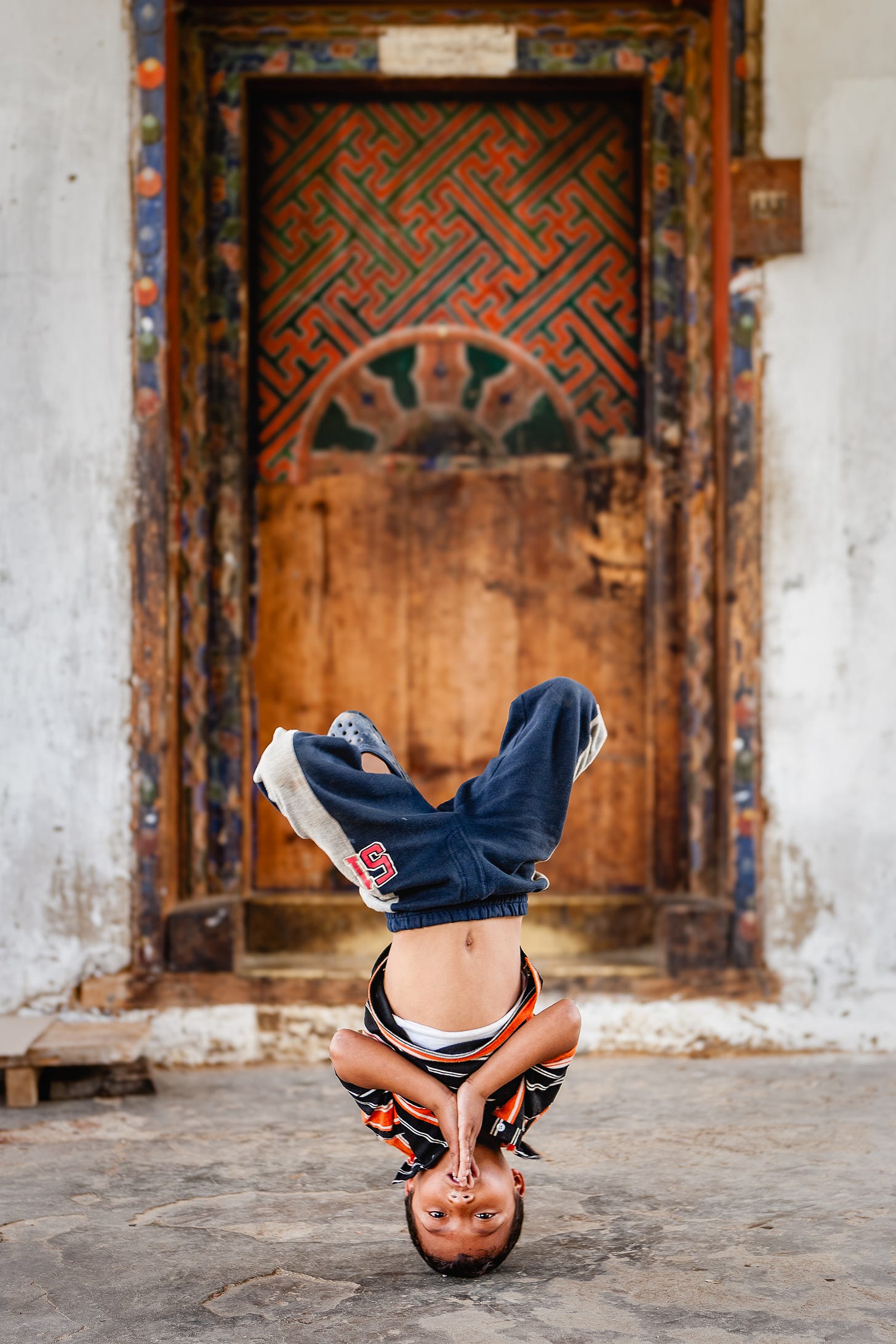
At a temple in Bhutan, young boys were demonstrating their impressive breakdancing skills, including perfectly-executed head spins.
Frozen in mid-spin, it appears as if this boy was balancing on his head, in an act of improbable meditation.
I get a headache just thinking about it!
Lens Culture Street Photography Awards
Staying with street photography, the Lens Culture Street Photography Awards are open for submissions.
There are cash prizes for winning entries, plus exposure in press, online, in a New York exhibition, and at international photo festivals.
Last year’s street photography competition was won by Vladimir Khorev with a series entitled Characters, featuring people pressed against frosted glass in the Wanhua District of Taipei.
Closing Date: 6 August 2025
Flashes of Brilliance
If you’re looking for some entertaining summer reading, I have just the thing.
Freelance photo editor Anika Burgess has compiled a history of photography’s technological and creative advances from the mid-19th to the early 20th century.
I’m about half-way through Flashes of Brilliance, which is published on 8 July, and I’ve learned so much already. Anika’s history of early photography introduces readers to the lesser-known inventors, innovators and oddballs.
Nail Art
If you love a quirky fact, you’ll appreciate Flashes of Brilliance. Did you know, for example, that amongst the unusual, experimental surfaces once used for printing photographs, were fingernails? Yes, it was apparently once fashionable to have family portrait photos printed onto one’s fingernails. Wearers were advised to ensure that the printed head was towards the nail bed, to avoid a nail trim resulting in a family member’s decapitation.
I’m keen to try this when it inevitably comes back into fashion! Why do we have Instagram but not fingernail portraits? The modern world is a mystery to me.
The First Drones
You might think drone photography is a modern phenomenon. I did, until I read about German pharmacist Julius Neubronner and the patent he was granted in 1908 for pigeon photography. Yes, not a typo, photography by pigeons!
”Neubronner was a German pharmacist who used pigeons to receive prescriptions and send out small quantities of medicine.”
Again, why is this no longer a thing? Why do I have to queue at the pharmacy when 120 years ago pigeons were already making house calls?
“Neubronner designed several lightweight cameras that he attached to the pigeons with harnesses. One camera had two lenses, facing forward and backward, and produced images about 1.5 inches square. To fire the shutter, he devised a mechanism using a ball filled with compressed air and a lever. As the pigeon flew, a small perforation in the ball slowly released air; once the ball was deflated, the lever moved and tripped the shutter.”
“In the history of aerial photography, Neubronner’s pigeon photos offer the truest and most charming representation of a bird’s-eye view. Horizons tilt and curve, and rooftops fall away at oblique angles; some photos are framed by the feathery wingtips of the flapping photographer. It is impossible to know what it is truly like to fly like a bird, but Neubronner’s pigeons, gliding home with their photographic cargo, provide a permanent, soaring glimpse of flight.”
I was genuinely delighted to learn about Neubronner’s pigeon photographers – and that’s just one of dozens of similarly extraordinary and charming stories from Flashes of Brilliance.
“Beautifully written, like a great work of fiction – except, incredibly, it’s all true.”
— Phillip Prodger, author of An Alternative History of Photography
I’ll be honest, I received a free preview copy of Flashes of Brilliance from the publisher but I’ve learned so much reading the stories that I’ve pre-ordered a hardback copy for myself.
Photographer’s Cheesecake
If you do order a copy, let me know and we’ll compare notes on our attempts to make Photographer’s Cheesecake.
So popular was albumen photographic paper in the 1890s – one factory in Dresden used over six million eggs in a year making albumen paper – that the British Journal Photographic Almanac printed a recipe to make use of the surplus egg yolks: Photographer’s Cheesecake.
Who doesn’t love cheesecake? And why am I only learning now that there’s a cheesecake especially for photographers?
If I had to choose just one sentence to sum up the strange and wonderful stories revealed in Flashes of Brilliance, well, there are so many to choose from, but this is hard to beat:
“In 1882 the British Journal of Photography reported that a photographer had exposed an image by the light emanating from a dead haddock.”
Right, challenge accepted. I’m off to the fishmongers.
Holding the Camera
Quirky pictures from 1960s and ‘70s camera adverts and instruction manuals.
I was a little surprised to turn a page in my copy of Holding the Camera to find Quentin Tarantino holding a Minox spy camera.
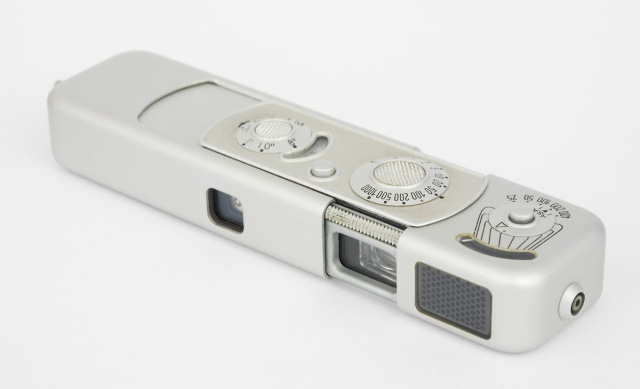
It’s not really Quentin Tarantino, of course. He was barely born when this camera had its heyday. Perhaps it’s Quentin’s dad? The likeness is uncanny.
The Minox B was used in espionage all through the Cold War. The chain wasn’t only for holding, it doubled as a measure. At full length it provides the perfect distance for sharp focus on A4 documents. I love that sort of attention to detail.
A previous version of the Minox Spy Camera was used by James Bond (George Lazenby) in On Her Majesty’s Secret Service.
Having discovered Blofeld’s hidden map showing plans for global domination, Bond whips out his miniature equipment but has clearly failed to read the instruction manual.
Beginner’s error: Bond is holding the camera upside-down.
He only opens and closes the camera, winding the film forwards, never pressing the shutter button even once.
Lesson: Never send a secret agent to do a photographer’s job!
The Cryptomusem website has a comprehensive description of the tiny Minox B Spy Camera.
I have many cameras. Too many. But there’s definitely enough space for a Minox B.
Finally, a practical tutorial for safely backing-up image files on the move. If that’s not something you need to know, I’ll understand if you skip to the end but please don’t forget to click the Like button. It helps the Substack elves power their algorithms. 😁
Backup via Mobile Phone
The search for a quick and reliable mobile backup solution is a perennial quest. I’m nervous when image files only reside in a single location. Memory cards fail, gear can go astray. Knowing images are backed-up to at least one secondary device, which I’ll keep in a separate bag, is reassuring.
Typically, I’ll back up images to a hard drive and a cloned drive via a laptop at the end of the day. But sometimes, I need to back up image files on the move.
During down time, in a bus or taxi, on the way to the next location.
When time at the end of the day might be limited. I’m often still making photos long after sunset.
If I’ve made images that are critical for the assignment and want the reassurance of knowing they’re backed-up as soon as possible.
I’ve tried various mobile storage solutions, with varying degrees of success. This method, which uses a mobile phone as a transfer hub, is the simplest and most reliable I’ve found.
These instructions are for an iPhone but the same process works for Android and other phones with a file management system.
What you need:
Smartphone
File management app (On iOS: the Files app)
USB Hub (Ideally with a Power Deliver (PD) port)
Memory Card Reader (SD, CF Express etc.)
Portable SDD storage
Power Bank
Connection cables
The concept is straightforward. We want to copy files from the camera’s memory card to the SDD storage using a smartphone as a transfer hub.
In this example, I’ve shown how I backup files from a Leica M11 and a Canon EOS R3.
The Leica uses standard SD memory cards. The Canon uses a CF Express card or an SD card, depending on how you have it set up.
Method 1 – No USB Hub or Power Bank required
The simplest method requires that your smartphone has a large amount of free space. If you have space available:
Connect card reader and insert memory card
Copy image files from memory card to phone
Disconnect card reader
Connect SDD drive
Move image files from phone to SDD drive
It’s worth noting that we want to copy files from the memory card to the phone and then move the files from the phone to the SDD drive. The files are only stored on the phone temporarily.
Having copied files from a memory card to the phone, you can then disconnect the card reader, connect a SDD drive and move files from the phone to the SDD drive.
This method is simple and does not require a USB hub or Power Bank. However, the attached devices will draw a lot of power from the phone and requires enough spare storage on the phone to accommodate the image files temporarily.
Method 2 – With USB Hub and Power Bank
The second method requires a USB hub and Power Bank but doesn’t require any space on the phone, doesn’t deplete the phone’s battery, and is a lot faster.
Connect the USB Hub to the phone
Attach other devices to the USB hub:
Card Reader
SDD drive
Power bank
Using the phone’s File Manager app:
Navigate to the memory card
Copy the parent folder containing image files
Navigate to the SDD drive
Click Paste. The transfer will begin.
This is the setup. The first image shows an SD card reader. The second shows a CF Express card reader.
It might look fussy at first glance but really we’re only connecting a card reader and an external drive plus a power supply.
File Manager App
These videos show the process of using the iOS Files app to make the transfer. Please note that the Copy and Paste options are revealed by pressing and holding.
Copying from an SD card (Leica M11)
Copying from a CF Express card (Canon EOS R3)
USB Hub
It’s not essential for the USB hub to possess a Power Delivery port but I’ve found that transfers are faster with a 100W PD port. It allows for dynamic power delivery to devices – each device draws the power it requires.
I use a Conceptronic 4 Port USB-Hub with Power Delivery, which, touch wood, has never let me down.
Muji Cable Case
The square, plastic cable cases from Muji are a great example of something that’s inexpensive, uncomplicated, but incredibly handy. Not only do they store cables in a way that leaves them free to connect, they can also serve as a phone stand. And all for €3.95.
Thank you for reading.
A gentle request: if you’re reading this in an email, please don’t overlook the Like button. I hate to ask but clicking the button apparently helps with the Substack algorithm.
Until next time, go well.
Directory: Beyond the Frame newsletter archive.
Resources: Recommended books, films, gear, media etc.
Beyond the Frame 60/
Street portraits. How to make the most of an impromptu portrait session with a stranger.


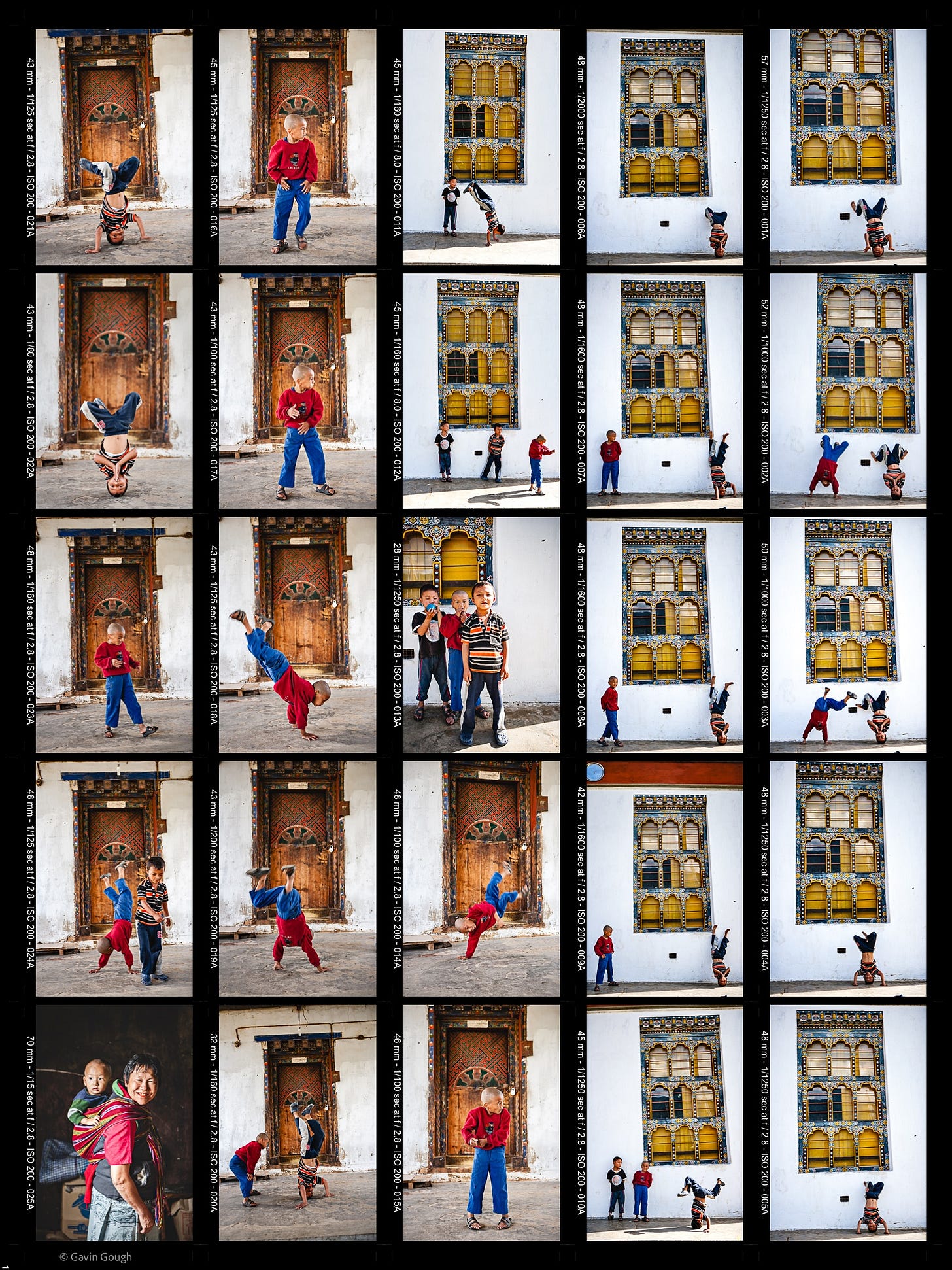
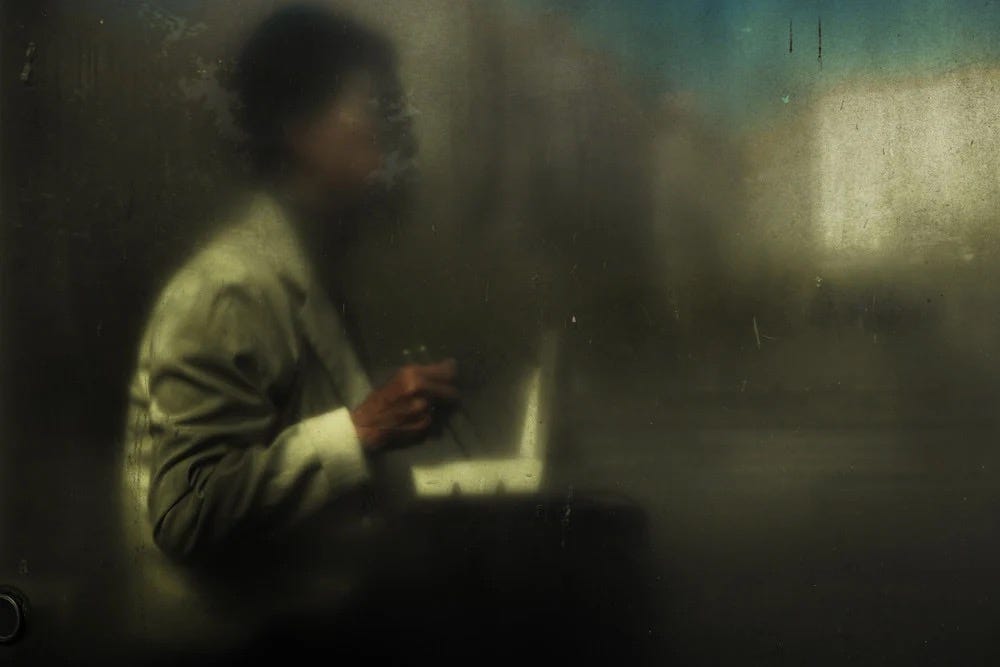
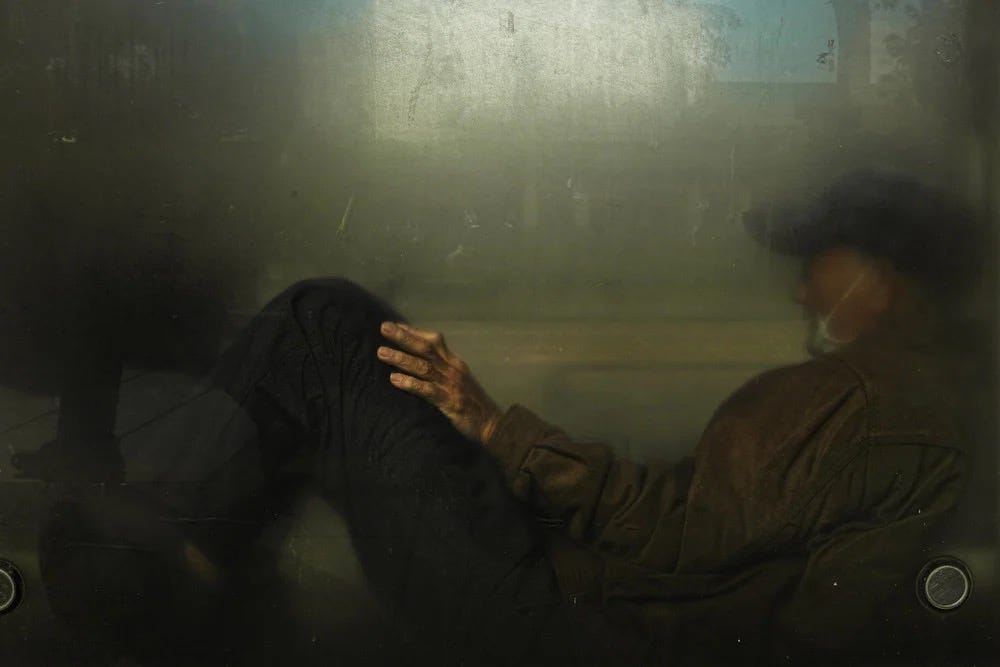
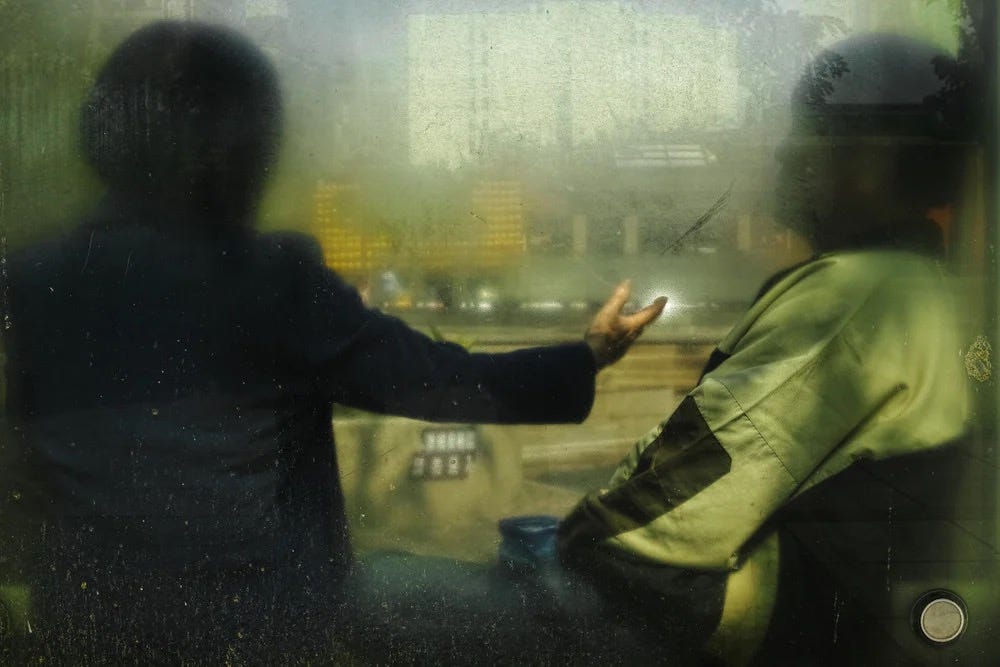
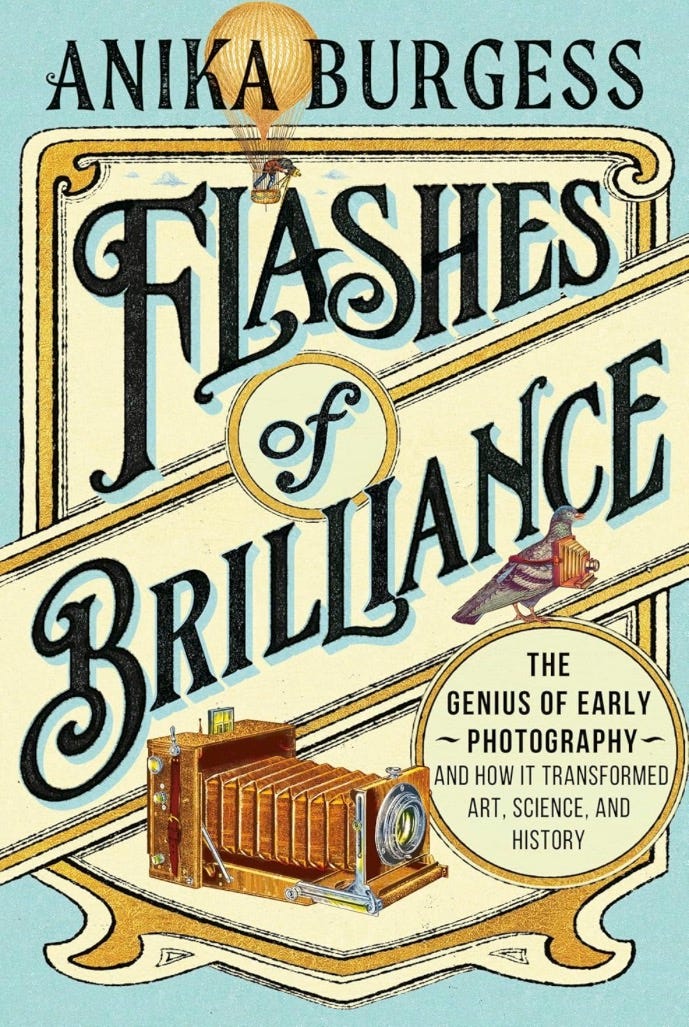
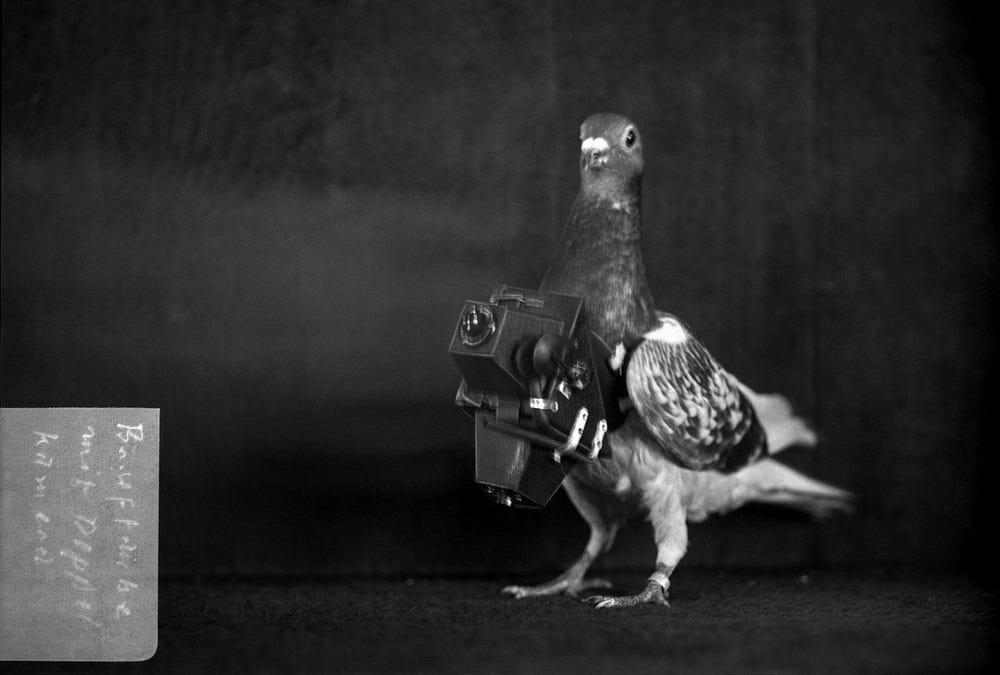
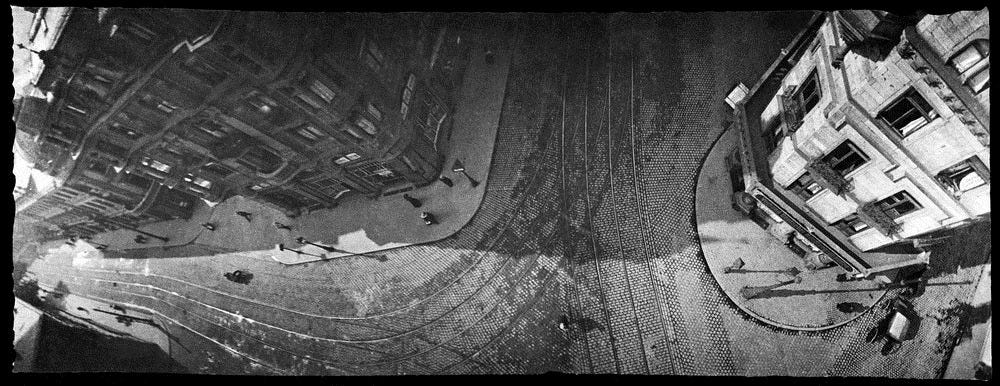
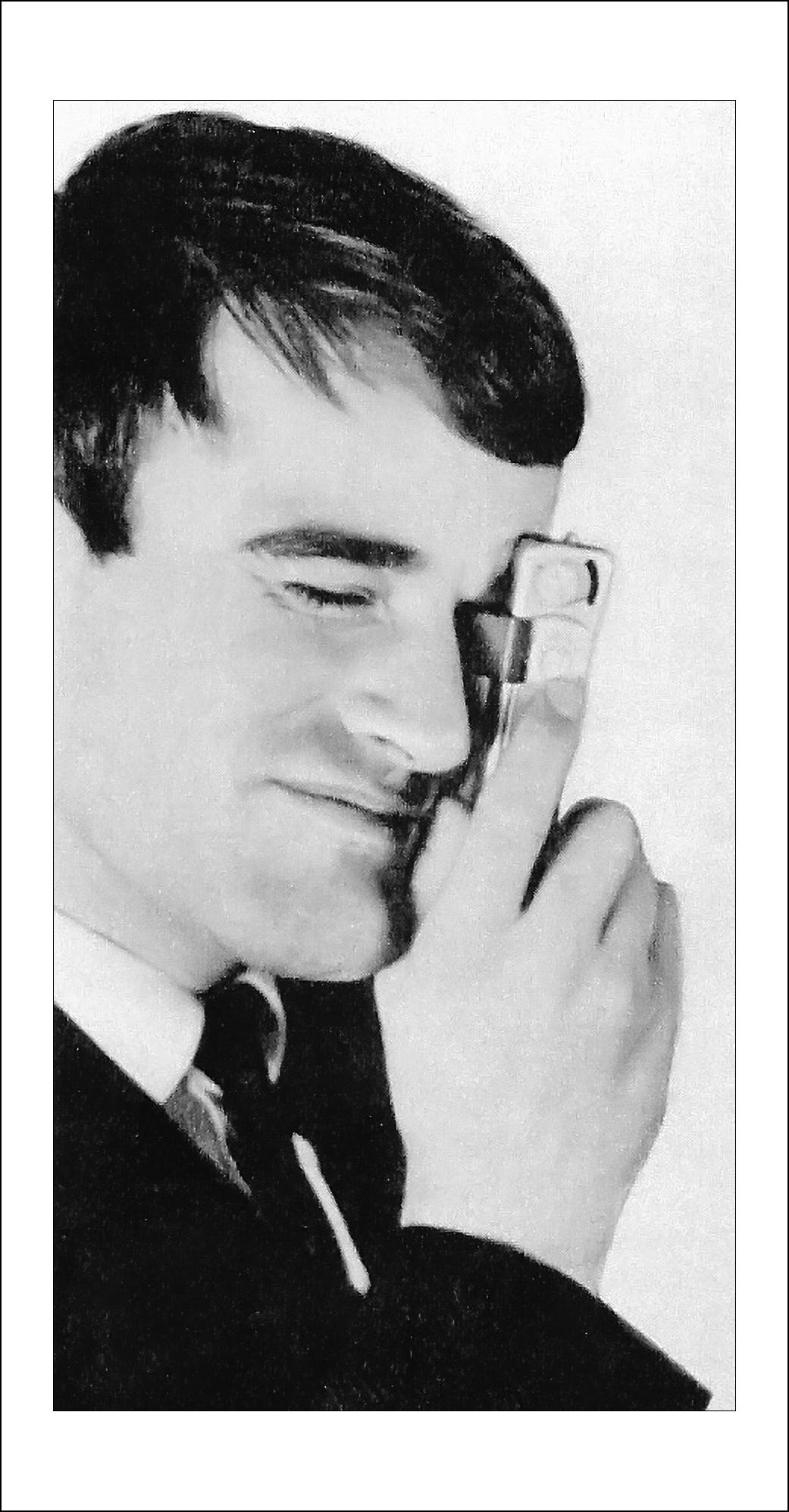
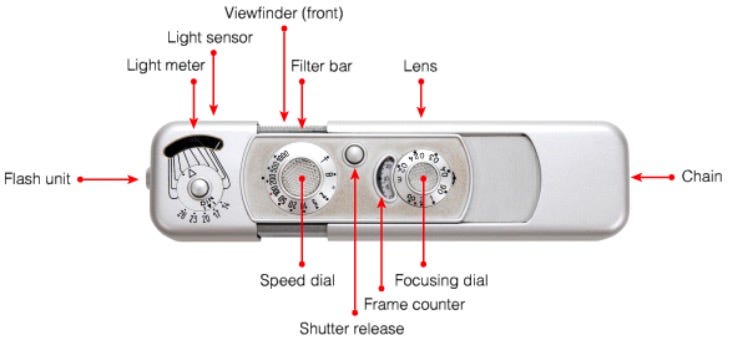
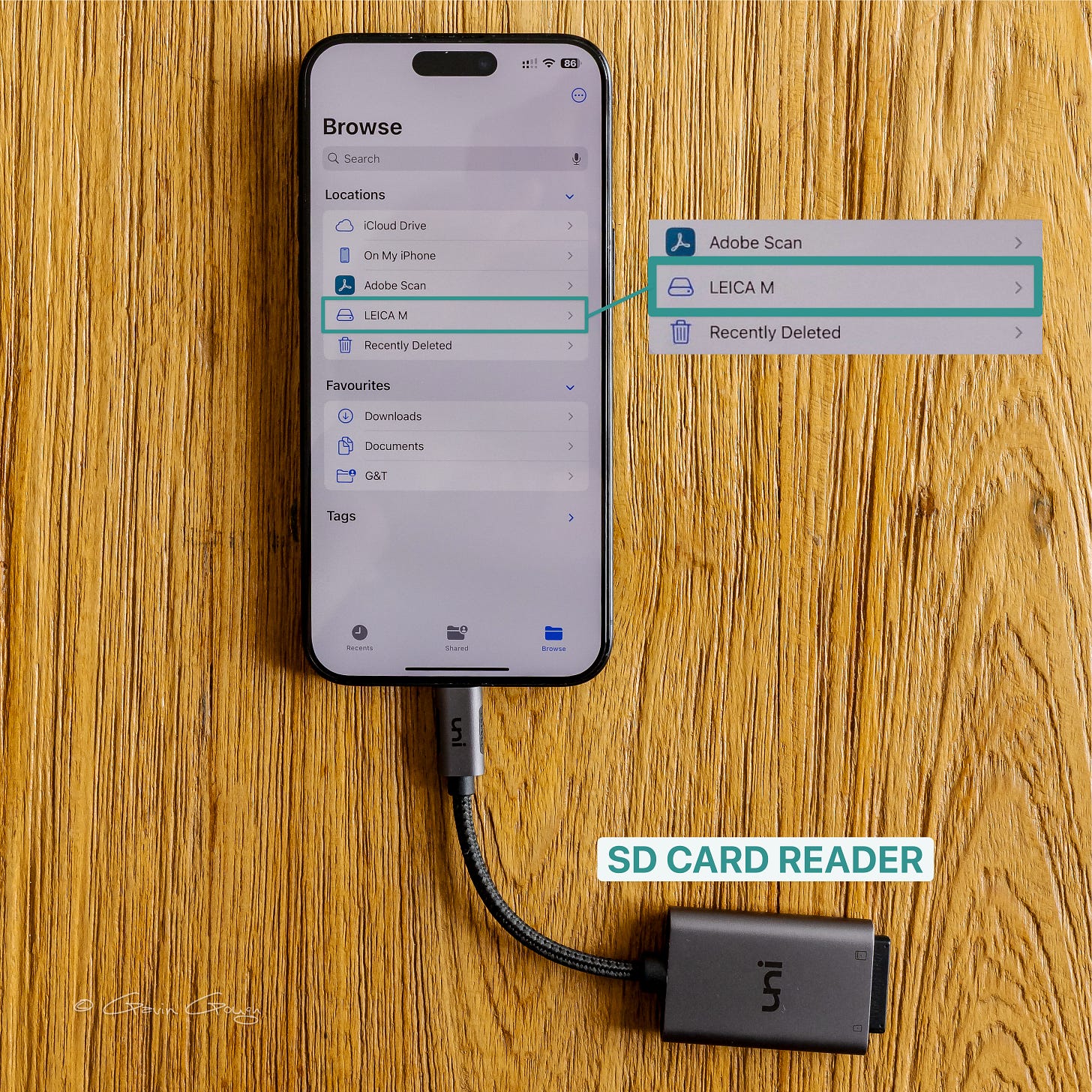
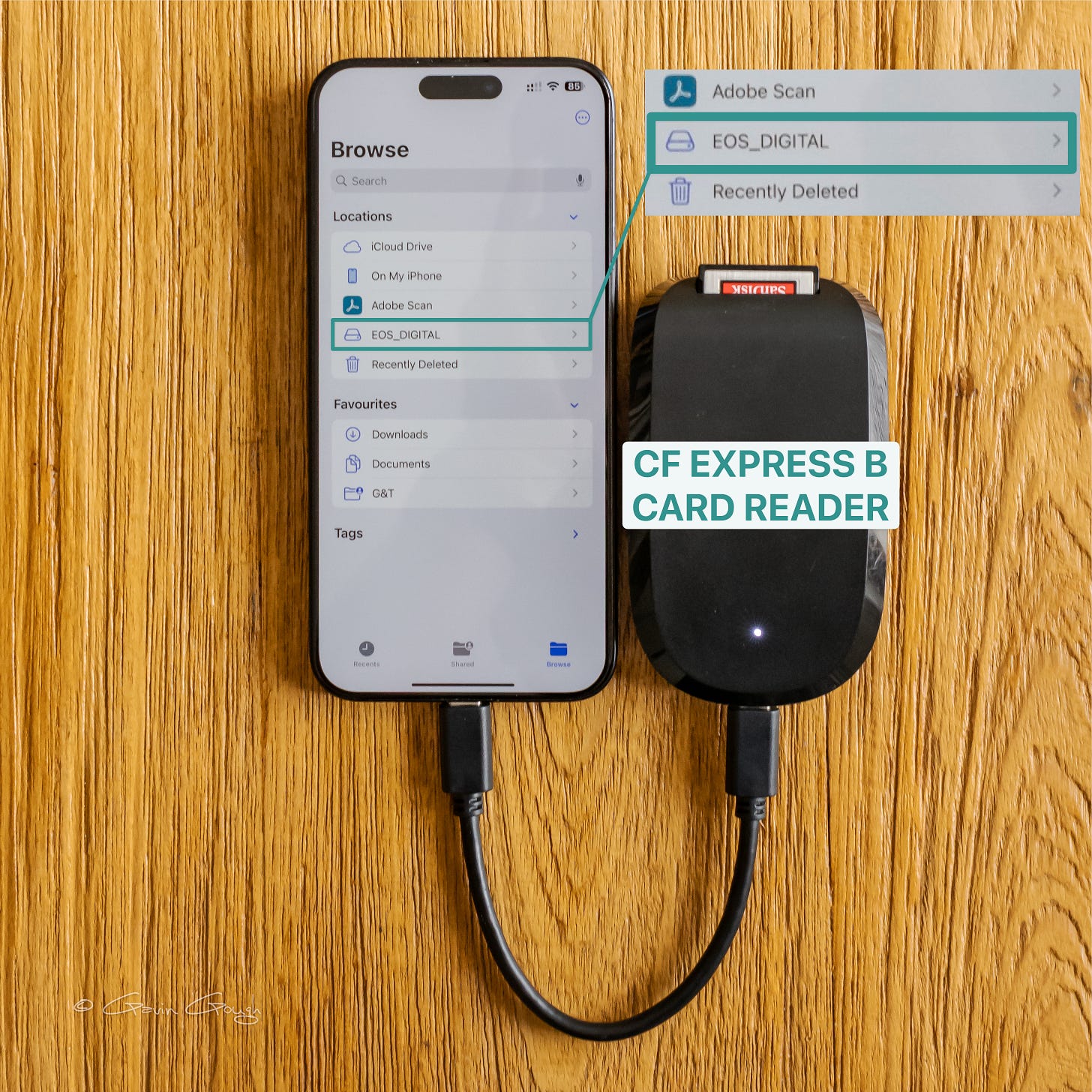
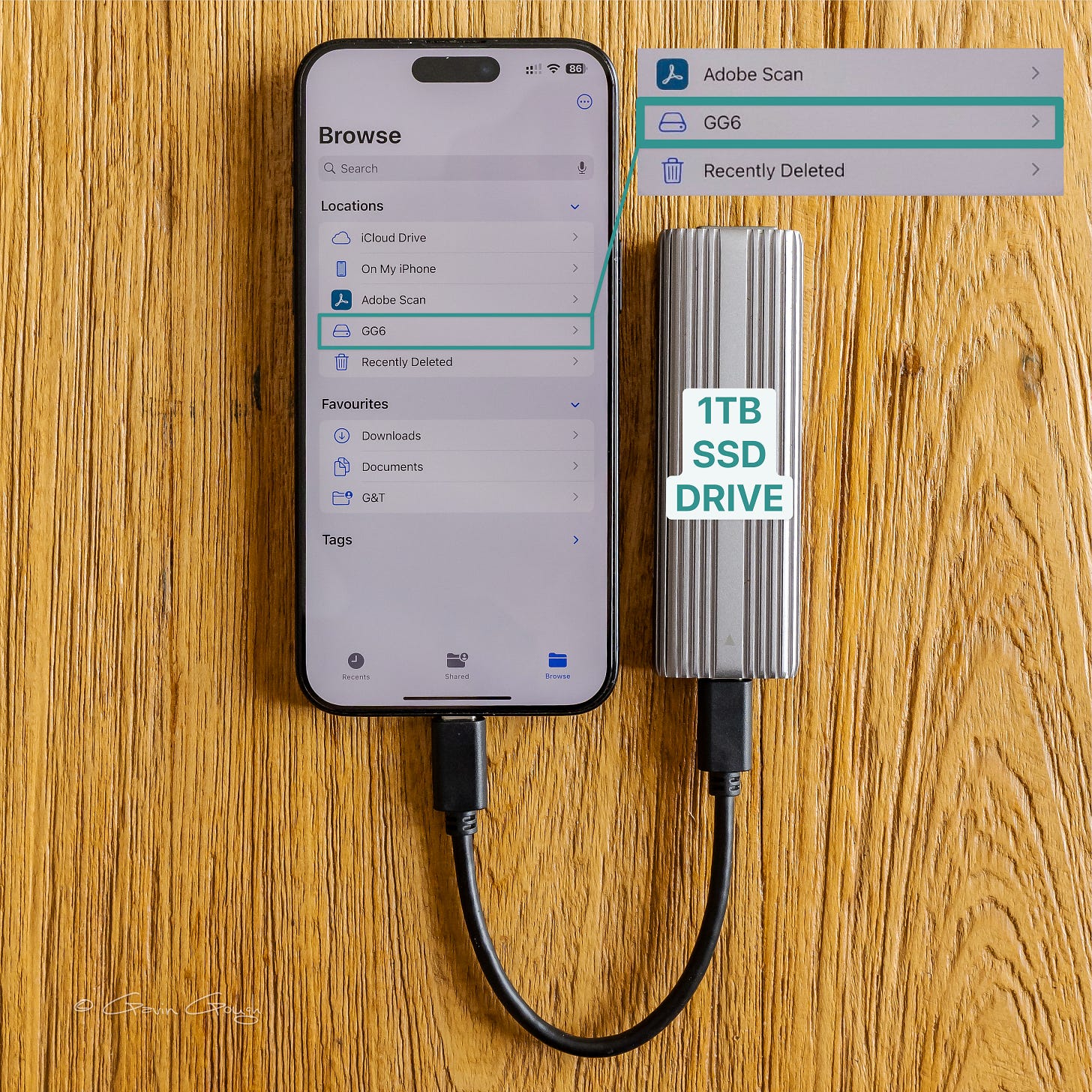
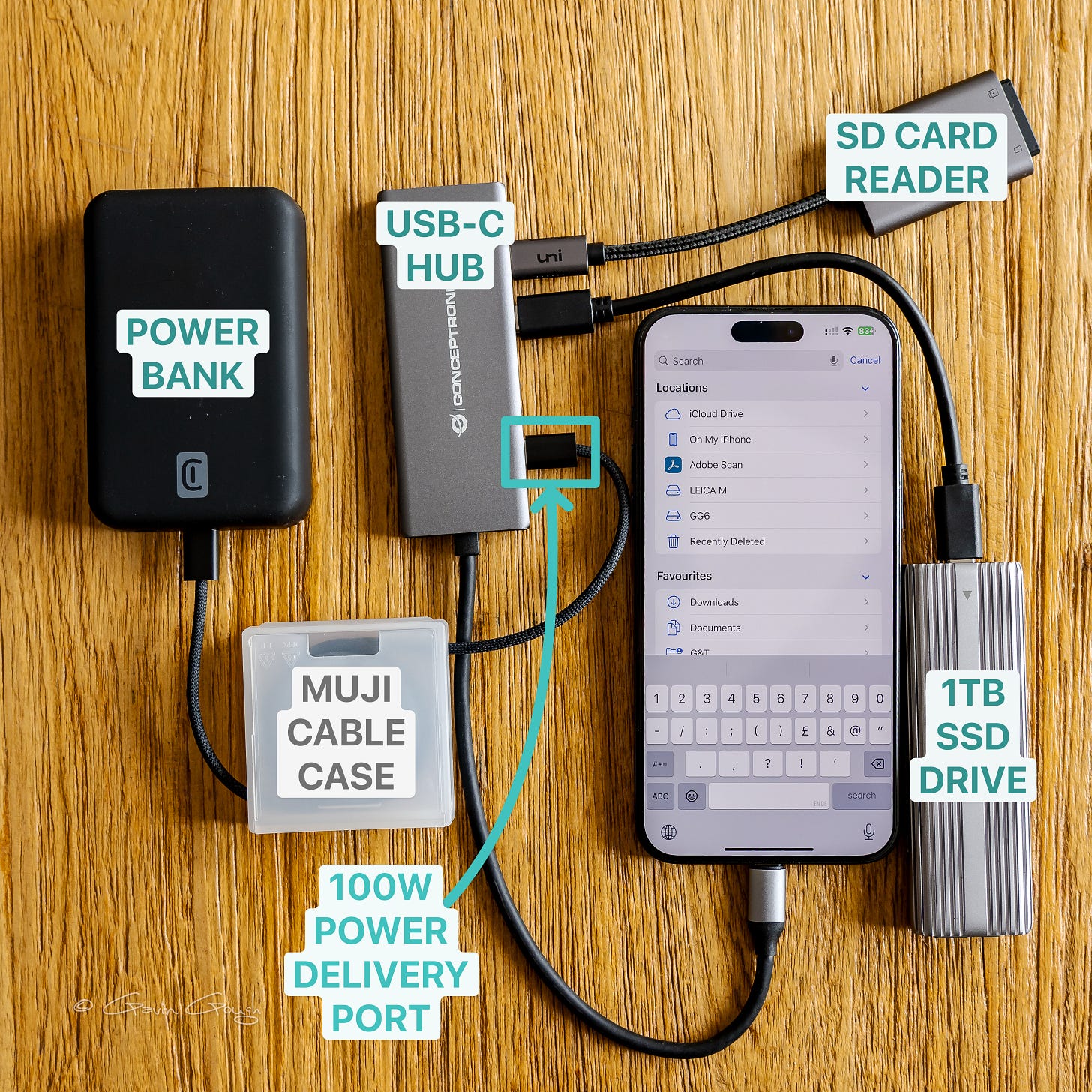
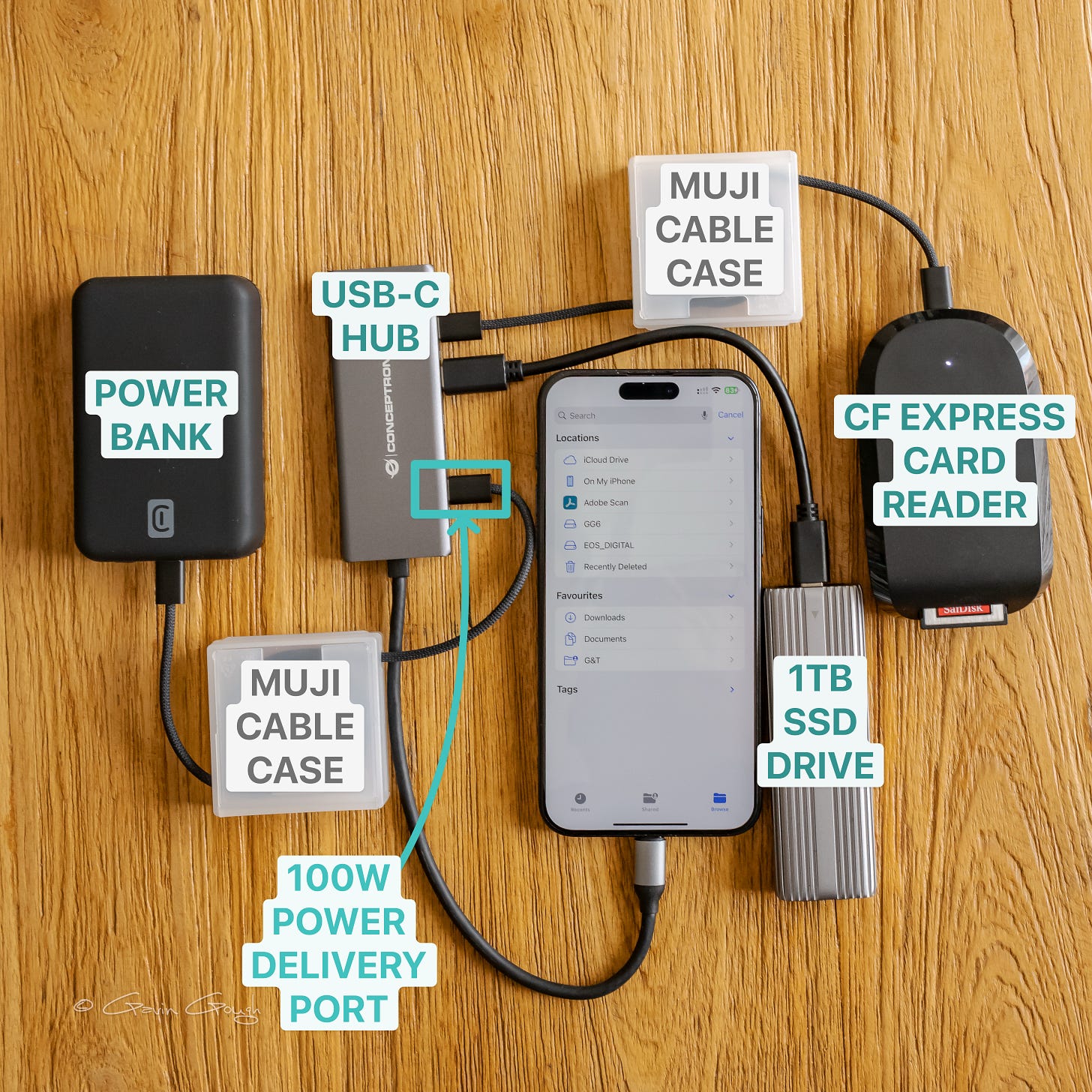
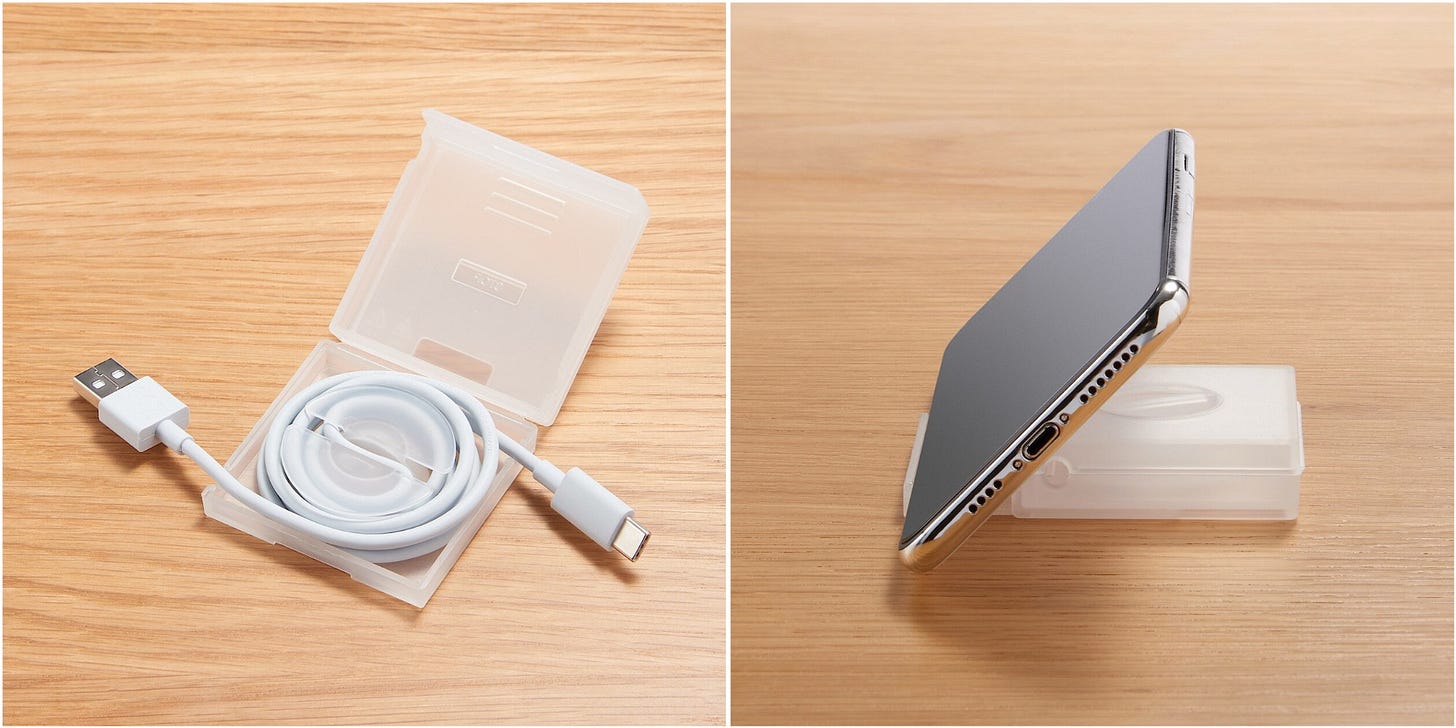


Very helpful